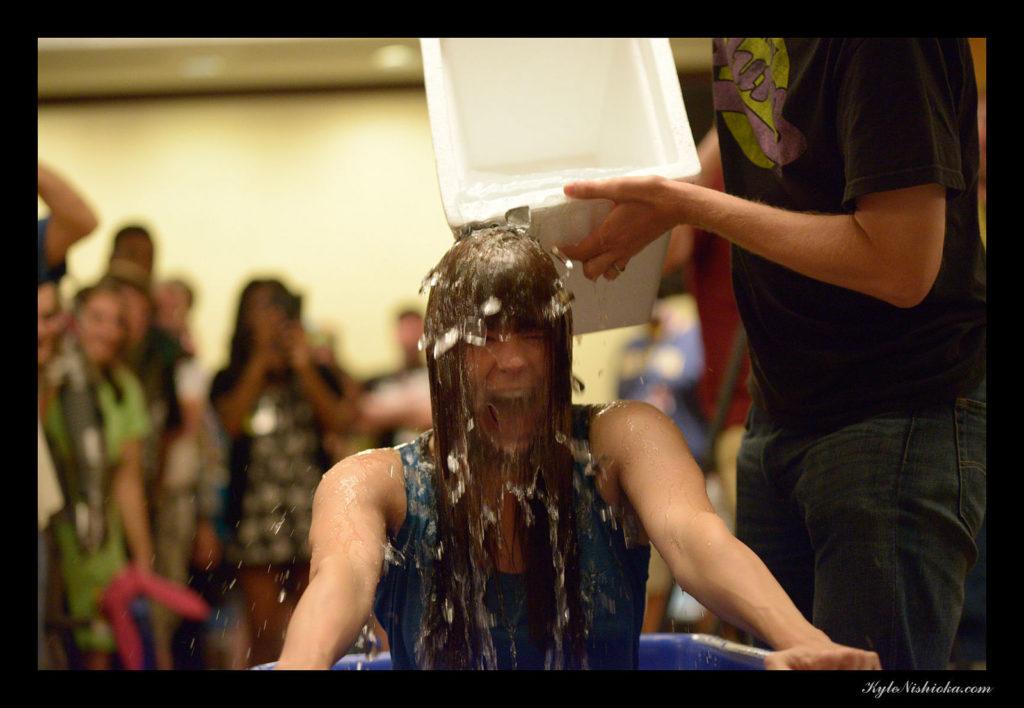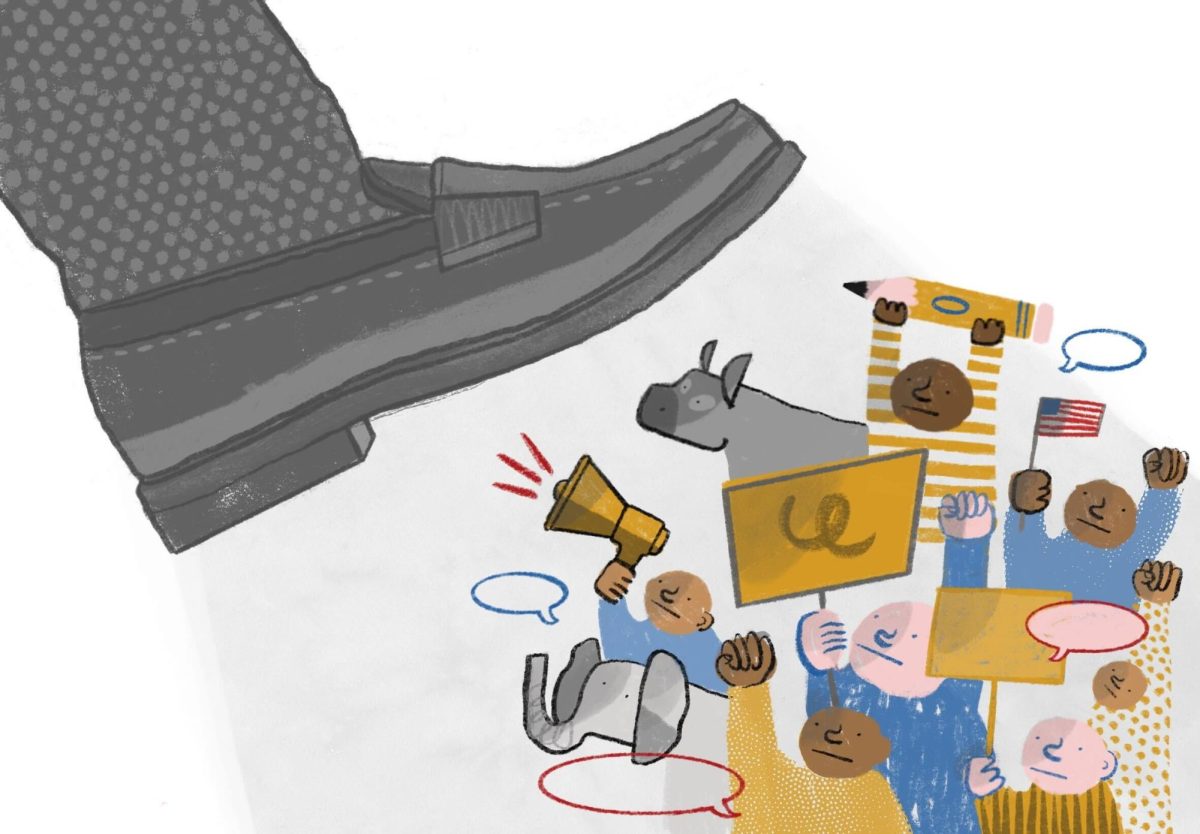By Juliana Mcleod
Over the summer my Facebook newsfeed changed drastically. Gone were videos of cute Husky puppies. So long to photo albums of my friends traveling the world.
Instead, my Facebook was covered with people dumping ice water on themselves for the ice bucket challenge. Dozens of videos plastered my laptop screen, showing a person announcing a 24-hour deadline for their nominees to pour a bucket of water over their heads.
The ice bucket challenge was created to spread awareness about Amyotrophic Lateral Sclerosis (ALS), most commonly known as Lou Gehrig’s Disease. The illness destroys nerve cells in the brain and spinal cord, which decreases the brain’s ability to control muscle movement. A person with ALS eventually dies due to the disease, but not before possibly becoming fully paralyzed from loss of all muscle action.
An estimated that 30,000 Americans currently have ALS, according to the ALS Association official website, and these 30,000 must live with the realization that there is no cure.
Cue the Ice Bucket Challenge. Before the summer’s biggest trend, I only knew of Lou Gehrig’s disease as an illness that cost a baseball player his career and his life. I had no idea what the disease entailed. What was more confusing to me was if the thousands of participants on social media knew what it entailed either.
The rules of the challenge ask a nominee to either complete the challenge within a 24-hour period and donate $10, or donate $100 to the ALS Association if the nominee opts out of the challenge. To me, it looked like a lot of people were dumping water over their heads – without any donation.
Was this challenge actually helping to find a cure, or was it causing even more trouble?
This month, an autistic boy completing the challenge was tricked by classmates and had feces, urine and spit poured over his head. The event turned the ice bucket challenge upside down as a mad search ensued, with rewards offered by three celebrities – Drew Carey, Jenny McCarthy and Donnie Wahlberg – for the person or group that found the people responsible for the incident CNN.
After watching dozens of videos, I still had not learned about ALS. Then I watched the challenge that Anthony Carbajal, a Temecula, Calif. photographer, completed. The Huffington Post nailed it when it said this video “will make you laugh. Then it’ll make you cry.”
In the video, Carbajal explains that his grandmother had ALS, his mother has it and now he has it as well. Carbajal must take care of his mother, who is already suffering from loss of muscle movement, and one day, Carbajal will need someone to take care of him as his muscles fail. He says he is already losing motion in his fingers.
As Carbajal cries over a disease that will take his body before his life, he praises the support and awareness that the campaign has raised for the disease.
The ice bucket challenge has raised $112.4 million as of Sept. 12, according to the ALS Association. Beyond that, social media users everywhere are informed about ALS and have participated in taking a step toward finding a cure.
I should not have been uncertain. There is no reason to be doubtful when people all over the world come together for one cause. I just hope this does not fade away as most other trends do. Only my Facebook newsfeed will tell.
Photo courtesy Creative Commons.









